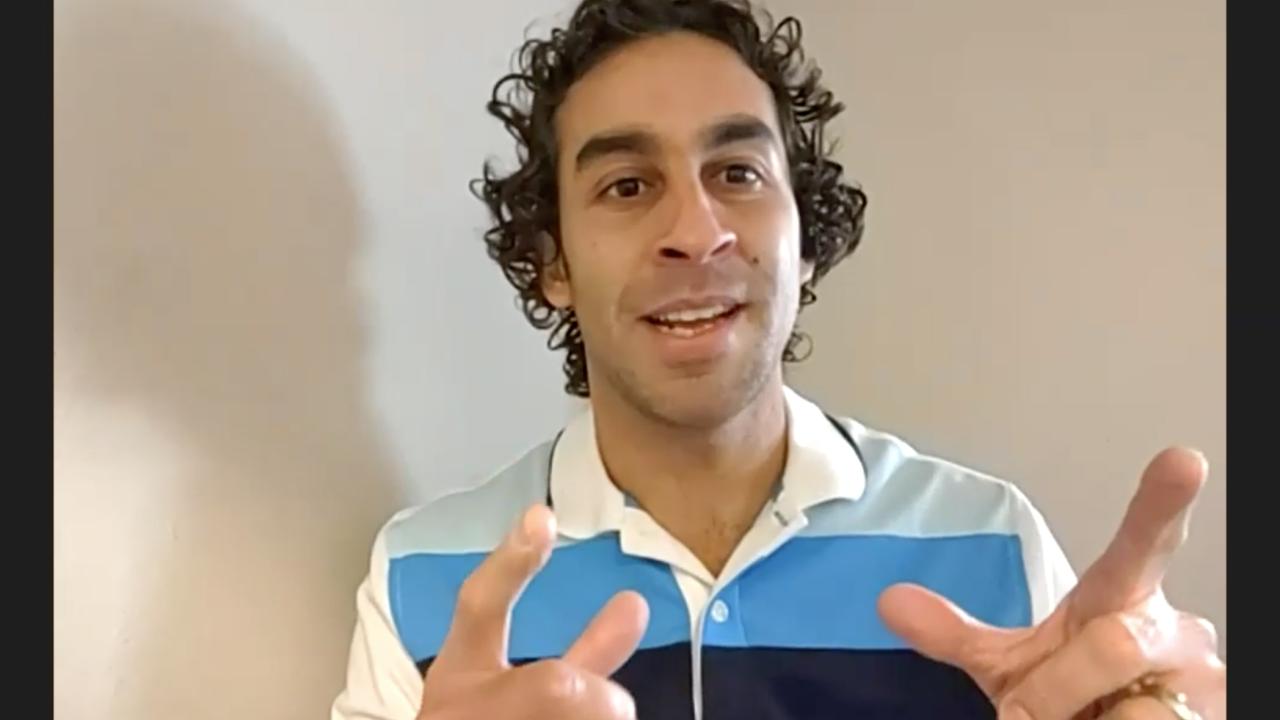
Exactly How Does an mRNA Vaccine Work?
UC Davis Virologist Samuel L. Díaz-Muñoz, an assistant professor in the Department of Microbiology and Molecular Genetics, spoke with KCRA 3 in an interview late last year about the mRNA COVID-19 vaccines being hailed as "game-changers" by the medical community.
Differing from vaccines like those for polio and the flu, the mRNA COVID-19 vaccines currently approved for use represent a new approach to protecting against infectious diseases. Without introducing weakened strains of the virus into the body, says Díaz-Muñoz, they “trick your cells to make the tiny part of the virus that your immune system recognizes, and then you can mount an immune response and fight the actual thing if you get it.”
While COVID-19 vaccines themselves are new, the methods that have allowed them to be produced were developed over years of scientific study, explained Díaz-Muñoz. When COVID-19 surfaced, scientists were able to “take the platforms they had been working on for years and years, and adapt it to this.”
Media Resources
- Watch the interview on KCRA
